What do Greeting Cards and Generative AI have in common?
I’ve been speaking, studying, and using AI in marketing and fundraising for more than five years now.
I still remember the first time I gave a talk at a conference about how AI was transforming marketing and fundraising. The room was full. Talking to leaders, it was clear that AI evoked both a sense of curiosity, but also of fear. What does it mean that AI is transforming marketing?
At the time, AI was still synonymous with HAL 9000 or the Terminator or Mr. Smith, depending on your generation.
Above: AI has long been associated with dystopian future civilizations and sentient robots who will take over the world. But that’s not what’s powering the transformation of marketing and fundraising.
I explained that there were two kinds of AI: narrow (aka weak) AI and general (aka strong) AI. Terminator and the like are examples of general AI gone wrong.
But at the time, all practical uses of AI were narrow AI. For example: When Netflix predicts the next show or movie you would enjoy, that’s narrow AI. Or Alexa being able to answer a question or a command. Or Facebook creating lookalike audiences of individuals that “look like” your current customers to help target more people like that.
💡 Takeaway: The AI we use today is considered narrow AI – technology that is good at specific tasks, typically predicting an outcome, like which song or movie you’ll like, the most likely answer to a question, or which donor is most likely to give next.
This year, a relatively new term has emerged - Generative AI. Today, let’s explore what Generative AI is versus Traditional AI, what greeting cards have in common with Generative AI, and how to use it.
The Difference Between Generative AI and Traditional AI
Bernard Marr is the author of Future Tech Trends, a weekly LinkedIn newsletter I’ve found very insightful about topics like artificial intelligence, the metaverse, etc. Bernard takes complex topics in tech and breaks them down into simple, helpful concepts and ideas.
This week, his newsletter discusses the difference between Generative AI and Traditional AI. I would encourage anyone interested in diving deeper into the topic to read it.
I will quote Bernard at length on his definition of Generative AI because it’s so good. After describing Traditional AI as another term for narrow or weak AI, he goes on to talk about Generative AI:
Generative AI, on the other hand, can be thought of as the next generation of artificial intelligence. It’s a form of AI that can create something new.
Suppose you have a friend who loves telling stories. But instead of a human friend, you have an AI. You give this AI a starting line, say, ‘Once upon a time, in a galaxy far away...’. The AI takes that line and generates a whole space adventure story, complete with characters, plot twists, and a thrilling conclusion.
The AI creates something new from the piece of information you gave it. This is a basic example of Generative AI. It’s like an imaginative friend who can come up with original, creative content.
What’s more, today’s generative AI can not only create text outputs, but also images, music and even computer code. Generative AI models are trained on a set of data and learn the underlying patterns to generate new data that mirrors the training set.
If Traditional narrow AI is about predicting the most likely outcome, then Generative AI is generating original, creative content. Both utilize vast amounts of “training data,” but one is focused on prediction, while the other is focused on creation.
💡 Takeaway: Traditional Narrow AI is about predicting outcomes, while Generative AI is about creating original output, whether that be words, images, or computer code. Both are relevant to leaders and organizations today, who can benefit from better predictions and computer-assisted content generation.
What do Greeting Cards and Generative AI have in Common?
I noticed something several months ago as my use of Generative AI tools like ChatGPT increased. I noticed that I was using AI more and more for things that I consider soft skills or creative outlets, like helping me to draft a particularly touchy email response or a thank you note, writing condolences to a friend who lost her father, a poem for my friend Bobb on his birthday. I even tried it out for graduation advice for my niece.
The first several times I used the tool, I felt a sense of guilt. If I really cared, wouldn’t I write a message from the heart? Isn’t it cheating to have AI help me write a personal note to someone?
You might have read this and even judged me, even just a little. I can’t believe that guy is using ChatGPT to help write condolence messages. Isn’t that a little lazy?
Then all of a sudden, I had a flashback. It was the early 2000s. An earlier time. A simpler time. I was standing in the grocery store, in the greeting card aisle, reading card after card, looking for the message that hit just right – something with the right amount of heart and humor that would sound like me… Eventually, I would settle on the card that expressed the kind of sentiment I thought was fitting, complete with a pre-written message and happily signing my name after adding a small note.
It struck me. How is picking out the perfect Hallmark card in the 90s any different than using an outside tool to help find just the right words – words that felt authentic and true to the feelings one wants to convey?
💡 Takeaway: Generative AI is about creativity. About helping collaborate and prompt new ideas, variations on ideas, and expand options. Think of Generative AI tools as brainstorming partners. Like ChatGPT or Copy.ai for words, Designs.ai or Midjourney for design and art, or GitHub Copilot for code.
Top Uses for Generative AI for Marketers Worldwide
This month, the team at Insider Intelligence partnered with Salesforce to produce a report entitled The Impact of Generative AI in Marketing.
The report cites a May survey that Salesforce conducted of marketers in the US, UK, and Australia, asking the top uses of Generative AI:
Above: Marketers worldwide are utilizing generative AI to help with content creation, as inspiration for creative thinking, analyzing market data, and generating copy and images.
The report cites three examples of ways Generative AI is being put to work:
Repurpose and reformat existing content.
With generative AI tools, marketers can input the transcript of a keynote speech and generate a blog post with the most important takeaways, or distill a multipage white paper into a short listicle type of content.
Create content personalized to locations, times, languages, and more.
Most generative AI models work and translate content in many languages. These tools can also help tailor content to specific geographic locations or audience segments (e.g., consumers in New England or mothers who have just given birth).
Generate and judge the quality of content.
AI tools can automate A/B and multivariable testing of subject lines, images, or website copy to help create better and higher-converting content. It can also give suggestions to make content more SEO-optimized.
💡 Takeaway: Leaders and organizations can use Generative AI to help as much with soft skills and creative endeavors as they can with the more mathematical hard skills. Consider how Generative AI can be a creative partner today.
Until next week… Surfs Up! 🌊
- Dave
About the Author | Dave Raley
Consultant, speaker, and writer Dave Raley is the founder of Imago Consulting, a firm that helps non-profits and businesses create profitable growth through sustainable innovation. He’s the author of a weekly trendspotting report called The Wave Report, and the co-founder of the Purpose & Profit Podcast — a show about the ideas at the intersection of nonprofit causes and for-profit brands.
Want to receive insights like this weekly?
Every Friday, we send out The Wave Report, highlighting one trend or insight “wave,” from donor and consumer trends to innovation in different industries or new models for growth.
Subscribe today to receive free weekly insights in your inbox here:


